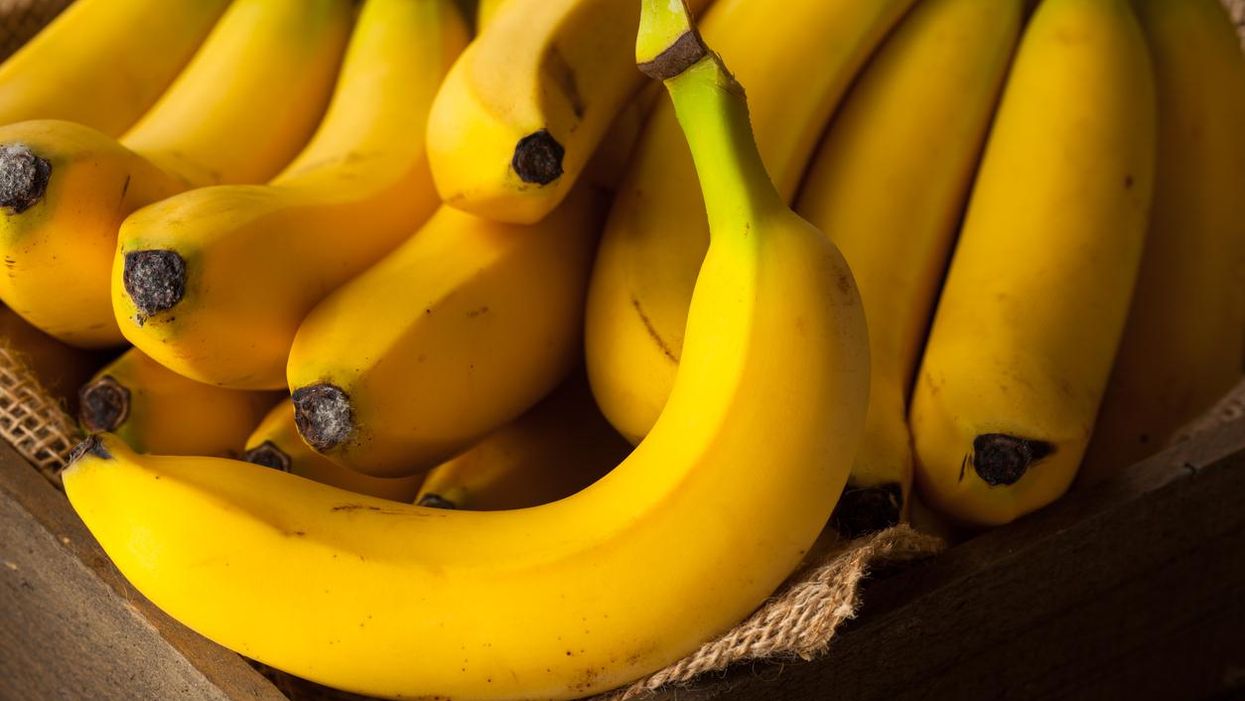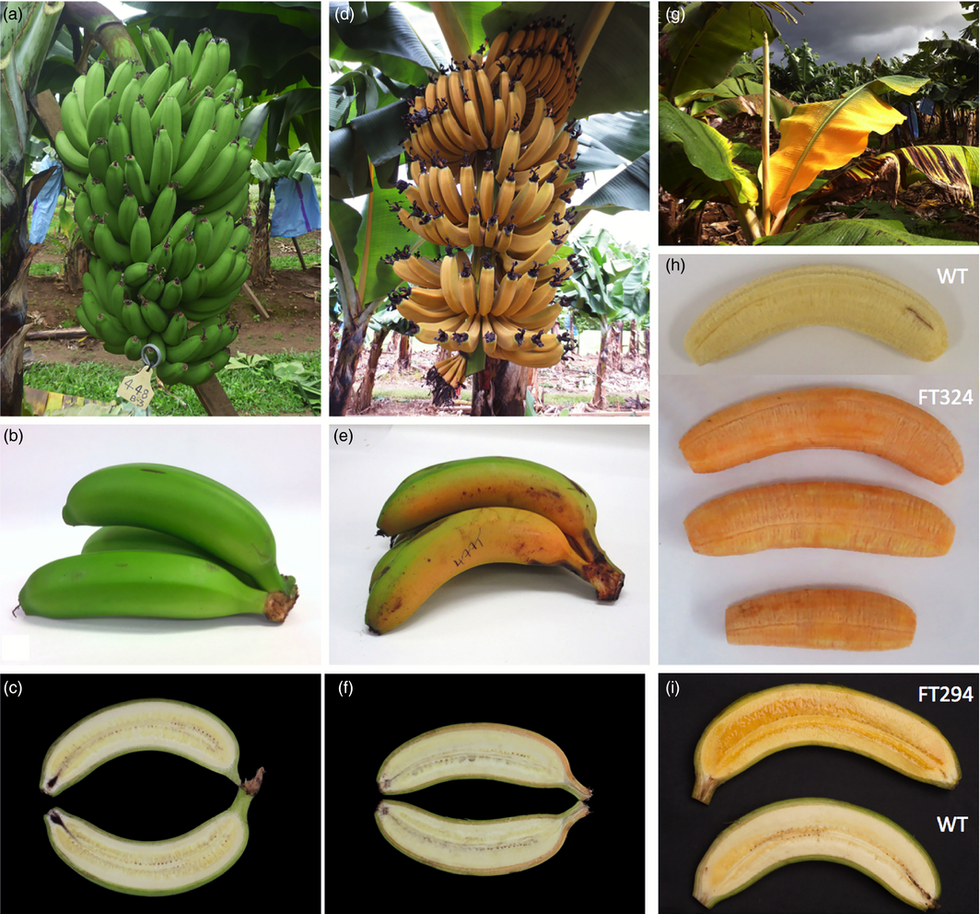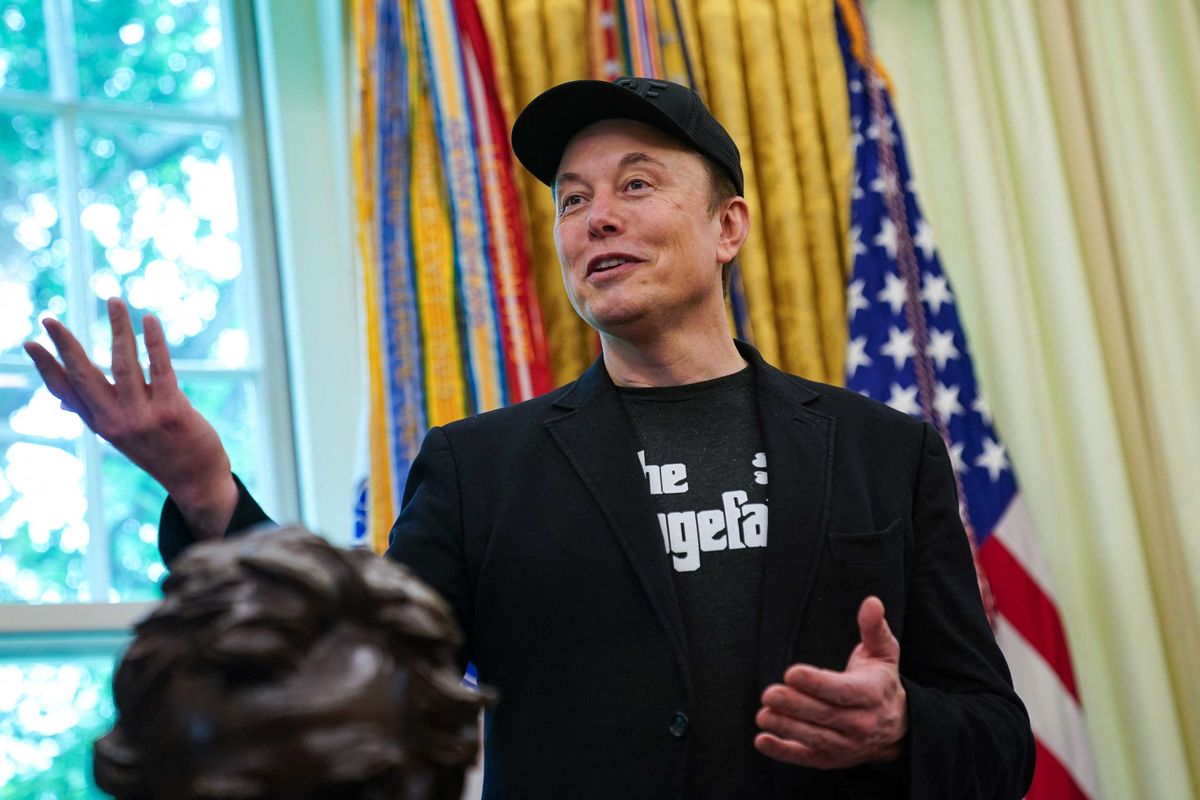
Bananas are one of your five a day and are unquestionably very good for you.
However, we never thought we would see the day where a banana could save someone's life, unless it came from this man.
Scientists in Australia have now managed to create a banana that is so rich in provitamin-A that it is likely to save lives of thousands of children around the world who die of the vitamin deficiency every year.
The 'biofortified' golden-orange flesh banana was developed by taking genes from a specific banana found in Papua New Guinea which possesses high levels of provitamin-A.
Experts then combined this with the more traditional Cavendish banana that you can purchase from the supermarket anytime of the year.
Here's what the genetically modified banana looks like:

If you are wondering what provitamin's are, it is usually a term given to substances with little or no vitamin activity but can be converted in order to carry a regular vitamin.
Vitamin A has a variety of vital functions that help with growth, development, the immune system and improving vision.
Back to the bananas - these revolutionary pieces of fruit have been in development for the past 10 years at Queensland University of Technology in Australia.
The research has been funded by the Bill and Melinda Gates Foundation who donated $7.6 million to the cause.
Their latest findings show that one line of bananas had doubled the specific level of provitamin that they were aiming for.
Over the years, we’ve been able to develop a banana that has achieved excellent provitamin A levels, hence the golden-orange rather than cream-coloured flesh.
lead researcher Professor James Dale told Newsweek.
Achieving these scientific results along with their publication, is a major milestone in our quest to deliver a more nutritional diet to some of the poorest subsistence communities in Africa.
Our science works. We tried and tested hundreds of different genetic variations here in our lab and in field trials in Queensland until we got the best results.
These elite genes have been sent to Uganda in test tubes where they have been inserted into Ugandan bananas for field trials there.
Now they will take their research to Uganda and hope that the results can be repeated in different surroundings.
Cooked bananas are a common form of food in rural parts of the East African country, therefore growing provitamin-A bananas in those regions will helps locals meet their dietary needs.
A lack of vitamin A is reported to kill up to 750,000 children a year. Many go blind as a result of deficiencies.
Significant progress has been made into reducing vitamin A deficiency into children up to the age of five worldwide but the problem has worsened in Uganda.
Between 2006 and 2011 vitamin A deficiency in Ugandan children rose from 20 percent to 38 percent, meaning that this type of research could be vital for the region.
Scientists are now hoping to have Ugandan farmers growing the life-saving fruit by 2021.
Professor Dale adds
The East African Highland cooking banana is an excellent source of starch.
It is harvested green then chopped and steame.
But it has low levels of micronutrients, particularly pro-vitamin A and iron.
The consequences of vitamin A deficiency are severe.













